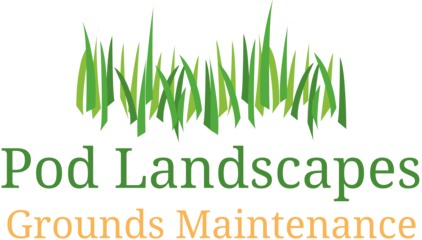Did you know that around 97% of flower-rich meadows have been lost since the 1930s? Development of housing, amenities, roads, schools and all sorts of things have gradually eroded away all of that wonderful countryside, and with it the ecosystems it supported.
All sorts of insects, including butterflies, bees, moths, hoverflies and beetles are all struggling, and they need these wilder, flower rich areas to thrive. And while they may be small, they do play a vital role in the wider ecosystem of the world. So what can be done to help them out?
Embrace Wildflowers
Believe it or not, wildflowers are one of the most important parts of our environment. They keep it healthy, provide a source of food and shelter for our vital pollinators, and work hard to improve the ecosystems they live in. They do this by:
Supporting pollinators & biodiversity: Wildflowers offer a vital source of food for pollinators, including bees, butterflies and other insects. Even non-pollinating creatures often rely on wildflowers – mice often eat them, and a wide range of insect’s shelter in them to breed. Wildflowers are critical for the pollination of crops and other plants, which in turn means they’re essential for production and biodiversity.
Improving soil health: There are hundreds of varieties of wildflowers, and they all have very complex root systems. These huge networks help to improve soil structure, drainage and water retention, meaning healthier, happier soil. They’re also a big part of soil fertility, recycling nutrients and adding organic matter to keep the soil working. And if they’re growing on sloped areas or embankments? They can actually prevent erosion!
Enhancing ecosystems: Wildflowers have a somewhat hidden superpower – they can actually reduce the carbon in the environment. They draw it in through their leaves and store it in their roots, where it can’t do any harm. They also help to manage and filter stormwater, reducing the risk of floods and improving water quality in one go.
Improving the look: Finally, they look pretty! The sheer variety of colours, shapes and styles make them a joy to behold, and make the landscape much more beautiful, even in small areas.
So, if we want to improve our world and save the environment, we need to embrace the wildflowers!
Does No Mow May Actually Help?
It’s that time of year again, so we want to address ‘No Mow May’
While it might all seem like sunshine and daffodils, there are some downsides to No Mow May. Some suggest that it’s counterproductive or even cruel to let this beautiful new habitat grow only to cut it down when the month is over. After all, it takes time to go from a grass habitat to a truly valuable wild one – and hay fever sufferers won’t thank you for all of that pollination that happens in between!
It can also look a bit untidy or unruly – as nature often is! But some people don’t enjoy this, no matter how much good it does for the environment. This one is fairly easy to get around for businesses by simply choosing an area of the grounds that’s less frequented, and not as customer facing. What’s harder to get over is the fact that weeds can establish and set seeds in your lawns, which would make it more difficult to get back to that perfectly manicured lawn in the future.
There’s also an environmental downside. Dramatically cutting down the length of your grass at the end of May puts a huge amount of stress on it, and you’ll probably have yellow and brown patches in it for a while as it recovers. Longer grass also creates habitats for pests like ticks or rats, and if you choose the wrong spot, it could even become a fire hazard.
The Pros of No Mow May for Businesses
While homeowners are often the first to join in, commercial spaces – like business parks, shopping centres, schools and apartment complexes – can have an even bigger impact. Some of the big benefits include:
Support our pollinators: Did you know that pollinators are responsible for 1 in every 3 bites of food that we eat? That’s how much of an impact they have on our world! There are a huge variety of pollinators, from insects and invertebrates and even birds, and by letting grass grow naturally you can create mini sanctuaries that support these absolutely essential creatures.
Demonstrate your values: If your business constantly states that you care about the planet, the environment, or are trying to make a difference in the local community, simple things like this show that you really mean it. It’s a public display of sustainability, sending a strong message about your brand and values.
Showing your grounds some love: Taking a break from mowing for a few weeks means that you’ve got time to focus on other areas of your grounds that might have been a bit neglected. While it’s not about never mowing again, it’s a chance to reassess your grounds maintenance and make sure every inch is cared for.
Boost Biodiversity: Leaving the lawn uncut lets these native plants bloom and supports all sorts of wildlife – not just pollinators. Even a few untamed patches can have a significant benefit to the local environment, especially if you’re in a particularly manicured and suburban area. If you want to find out more about why biodiverse commercial grounds is a good thing, you can read this blog.
When we’re working on a client site, we will always try to leave some areas to grow wild where we can. Since we work with commercial properties this is something we discuss with our clients first, and we aim to find areas that aren’t being used or are out of view to use create little safe havens of un-mowed, wild space. Then then tend these areas just as carefully as we do the rest of the grounds, making sure there are no pests causing problems and that everything is healthy and beautiful. Want to start your wildflower journey? Click here.


